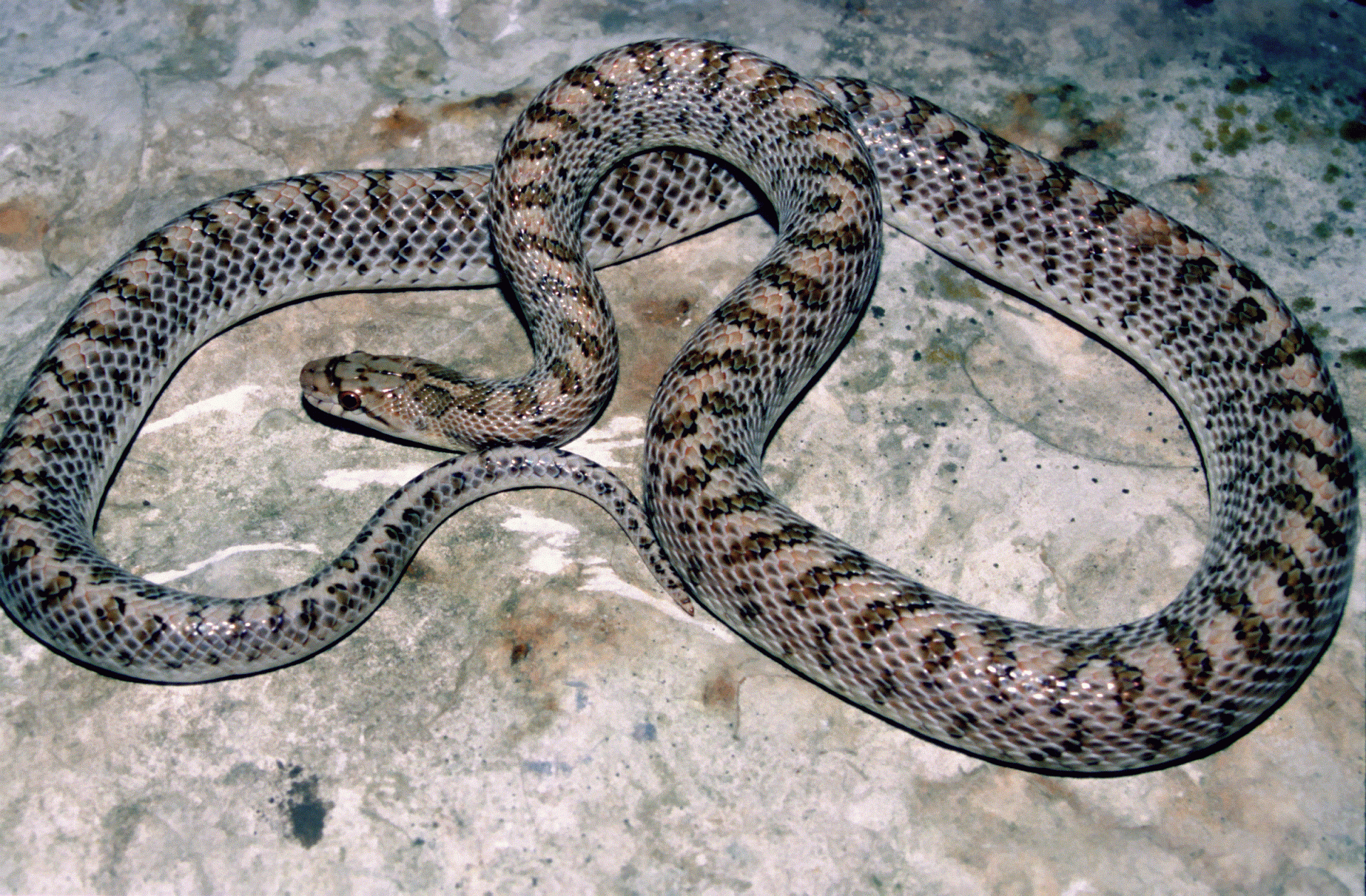Ultimate Guide To Snake Identifier: Identifying Snakes With Confidence

Snakes are fascinating creatures that play a vital role in ecosystems across the globe, but identifying them can be a daunting task. Whether you're a nature enthusiast, a hiker, or a gardener, encountering a snake can be thrilling or intimidating. Knowing how to identify snakes accurately is not just a skill; it’s a necessity for ensuring your safety and respecting wildlife. A reliable snake identifier allows you to distinguish between harmless and venomous species, making human-snake interactions safer and more informed.
With over 3,000 snake species worldwide, the need for a dependable snake identifier becomes even more apparent. From color patterns and scales to habitat and behavior, snakes have unique identifying features that help differentiate one species from another. This guide will help you decode the mysteries of snake identification, offering practical advice, tools, and visual cues to ensure you're well-equipped. Whether you're spotting snakes in your backyard or trekking through a rainforest, this comprehensive guide is your ultimate resource.
In this article, we’ll delve into the world of snake identification, breaking down key characteristics, tools, and tips to help you identify snakes with confidence. From understanding snake anatomy to exploring regional species, we’ll cover the essentials and answer your pressing questions. So, let’s get started on this educational journey to master the art of snake identification.
Read also:Nicola Coughlan Weight Loss Secrets And Strategies Revealed
Table of Contents
- What Is a Snake Identifier?
- Why Is Snake Identification Important?
- How Can You Recognize a Snake Species?
- Key Features of Snake Anatomy
- Common Snakes and Their Identifying Traits
- Differences Between Venomous and Non-Venomous Snakes
- How to Use a Snake Identifier Tool Effectively?
- Popular Snake Identification Apps and Guides
- Regional and Habitat-Specific Snake Identification
- What to Do When You Spot a Snake?
- Essential Safety Tips for Snake Encounters
- How to Teach Children About Snake Identification?
- Common Misconceptions About Snakes
- Frequently Asked Questions
- Conclusion
What Is a Snake Identifier?
A snake identifier is a tool, guide, or method designed to help individuals recognize and classify different snake species. It can range from a field guidebook filled with illustrations to a mobile application equipped with artificial intelligence. An effective snake identifier provides essential information such as physical characteristics, habitats, and behavior, enabling users to identify snakes accurately and quickly.
Snake identifiers are not just for herpetologists or wildlife experts. They’re invaluable for hikers, campers, gardeners, and anyone who might encounter snakes in their day-to-day life. Whether you're identifying snakes for research, education, or safety, having a reliable identifier can make all the difference.
Modern snake identification tools also integrate technology, like image recognition and GPS mapping, to enhance accuracy. For instance, apps can analyze photos and compare them with a database of snake species. This combination of traditional and modern methods ensures that identifying snakes is accessible to everyone, regardless of their expertise.
Why Is Snake Identification Important?
Snake identification is important for several reasons, ranging from safety to conservation. Knowing how to identify snakes helps reduce unnecessary fear and promotes coexistence between humans and wildlife. Here are some key reasons:
- Safety: Identifying venomous snakes can prevent potentially fatal bites. Knowing which species to avoid and how to react can save lives.
- Conservation: Many snake species are endangered due to habitat loss and human activity. Proper identification helps in conservation efforts by raising awareness about their ecological importance.
- Education: Understanding snake species fosters respect for these often-misunderstood creatures and dispels myths and misconceptions.
In addition to these reasons, snake identification is critical for medical purposes. In cases of snakebite, accurate identification of the species can guide doctors in administering the correct antivenom, potentially saving lives.
How Can You Recognize a Snake Species?
Recognizing a snake species requires observation of specific physical and behavioral traits. Here are the main features to examine:
Read also:Insights Into Alexis Bledels Child A Look Into Her Family Life
Color Patterns and Markings
Many snakes have distinctive color patterns, such as stripes, blotches, or bands. For example:
- Striped Snakes: Often found in garter species, stripes run the length of the body.
- Blotched Snakes: These have irregular shapes, common in species like rattlesnakes.
- Solid-Colored Snakes: Some species, like the black racer, are a single color.
Scale Texture
The texture of a snake's scales can also provide clues. Smooth scales give a shiny appearance, while keeled scales have a ridge down the center, offering a rougher look.
Head Shape
Head shape can indicate whether a snake is venomous. For instance:
- Triangular Heads: Often found in venomous species like vipers.
- Rounded Heads: Common in non-venomous species.
Pupil Shape
Check the snake's pupils:
- Vertical Pupils: Typically seen in venomous snakes.
- Round Pupils: Common in harmless snakes.
By paying attention to these factors, you can identify most snake species with reasonable accuracy.
Key Features of Snake Anatomy
Understanding snake anatomy is crucial for accurate identification. Here are the main anatomical features to consider:
Scales and Skin
Snakes are covered in scales that serve multiple purposes, from protection to locomotion. The arrangement and texture of these scales can help identify species.
Tail Structure
The length and shape of a snake's tail can also be a distinguishing factor. For instance, rattlesnakes have a signature rattle at the end of their tails.
Body Shape
Body shape varies among snakes. Some are slender and elongated, while others are thick and robust.
Special Features
Some snakes have unique features, such as hoods (in cobras) or heat-sensing pits (in pit vipers).
These anatomical details not only aid in identification but also offer insights into the snake's behavior and lifestyle.
Common Snakes and Their Identifying Traits
[Content about common snake species, their traits, and how to identify them.]
Differences Between Venomous and Non-Venomous Snakes
[Content about how to distinguish venomous from non-venomous snakes, including examples and tips.]
How to Use a Snake Identifier Tool Effectively?
[Content about using tools and apps, with tips for accuracy.]
Popular Snake Identification Apps and Guides
[Content about recommended apps and resources for snake identification.]
Regional and Habitat-Specific Snake Identification
[Content about identifying snakes based on region and habitat.]
What to Do When You Spot a Snake?
[Content about safe practices when encountering snakes.]
Essential Safety Tips for Snake Encounters
[Content about safety advice for avoiding snake bites and handling snake encounters.]
How to Teach Children About Snake Identification?
[Content about educating children on snake safety and identification.]
Common Misconceptions About Snakes
[Content about myths and facts related to snakes.]
Frequently Asked Questions
Are all snakes venomous?
No, the majority of snake species are non-venomous. Only about 15% of snakes worldwide are venomous.
Can a snake bite kill instantly?
While some venomous snakes have potent venom, fatalities are rare with prompt medical treatment.
How can I identify a snake in my backyard?
Observe its color, patterns, size, and behavior. Use a snake identifier app or guide for further assistance.
What should I do if I’m bitten by a snake?
Seek immediate medical attention. Try to remember the snake’s appearance but avoid capturing it.
Do all venomous snakes have triangular heads?
Most venomous snakes have triangular heads, but this is not a foolproof identification method.
Is it safe to handle a non-venomous snake?
It’s best to avoid handling any wild snake, as they can still bite if threatened.
Conclusion
Identifying snakes is a vital skill that promotes coexistence and safety. Whether you’re a novice or an expert, using a reliable snake identifier and understanding key identification traits can make all the difference. By respecting these incredible creatures and staying informed, you contribute to both personal safety and wildlife conservation.
Article Recommendations

